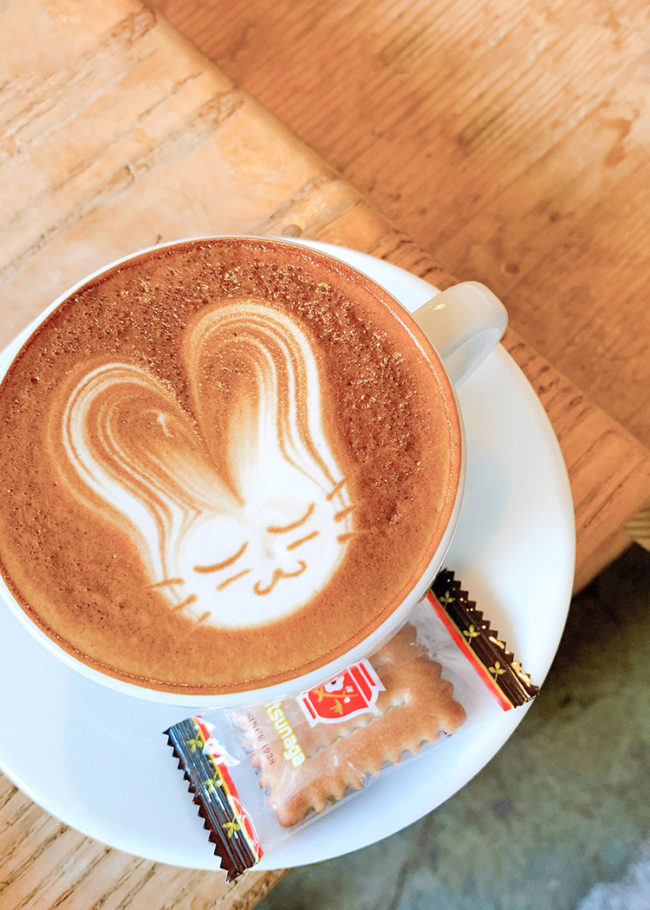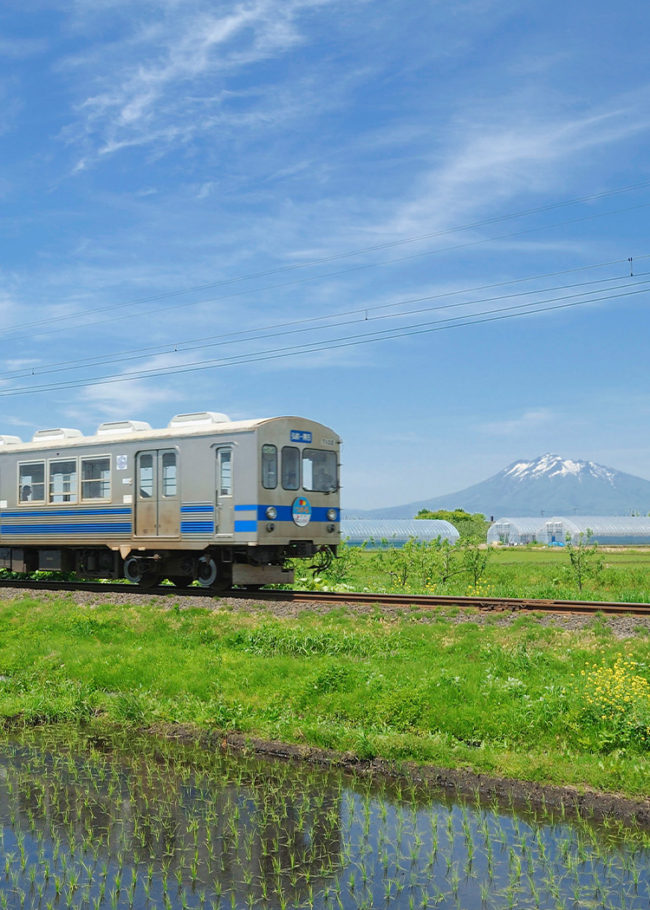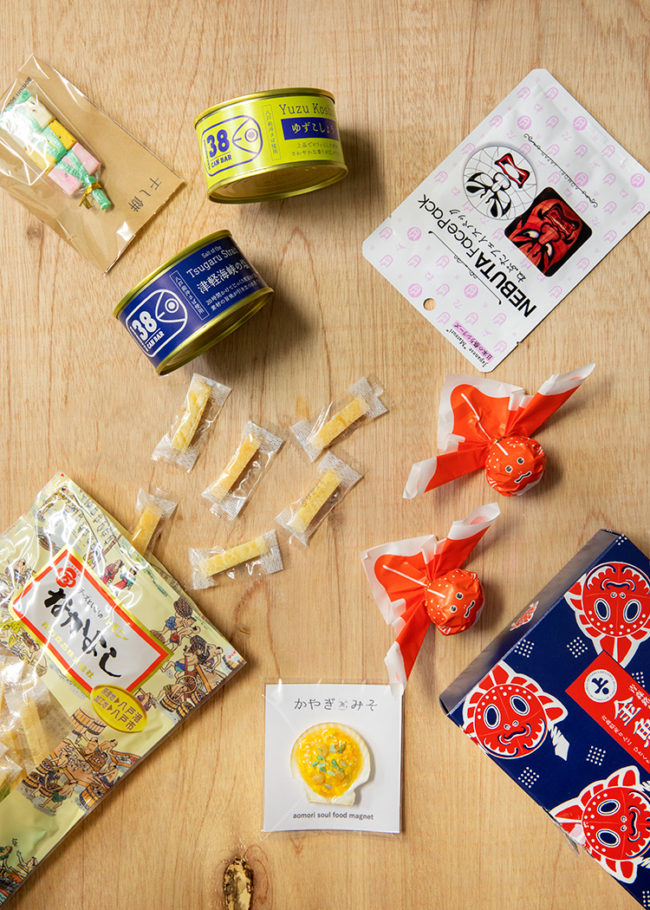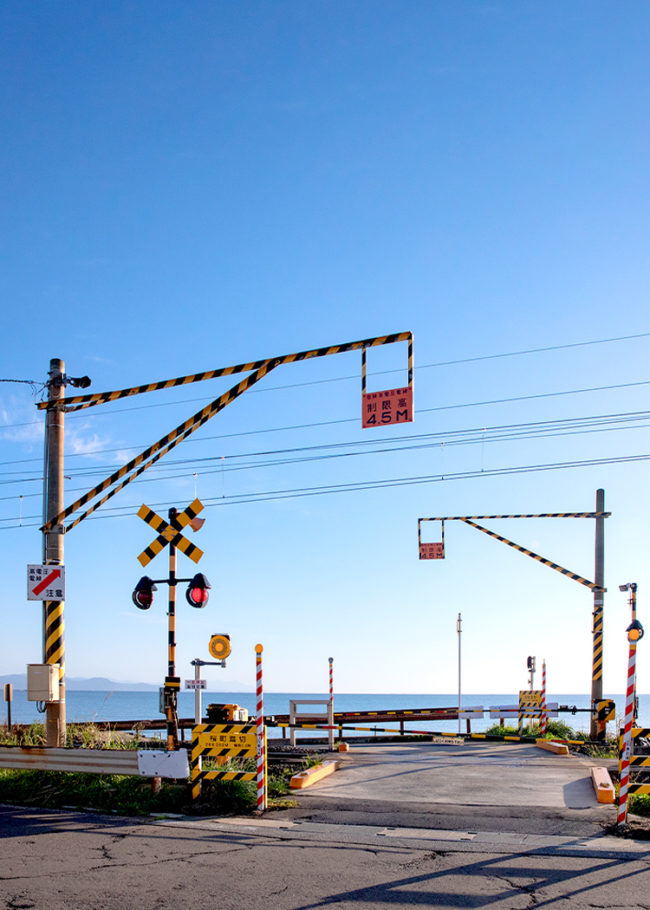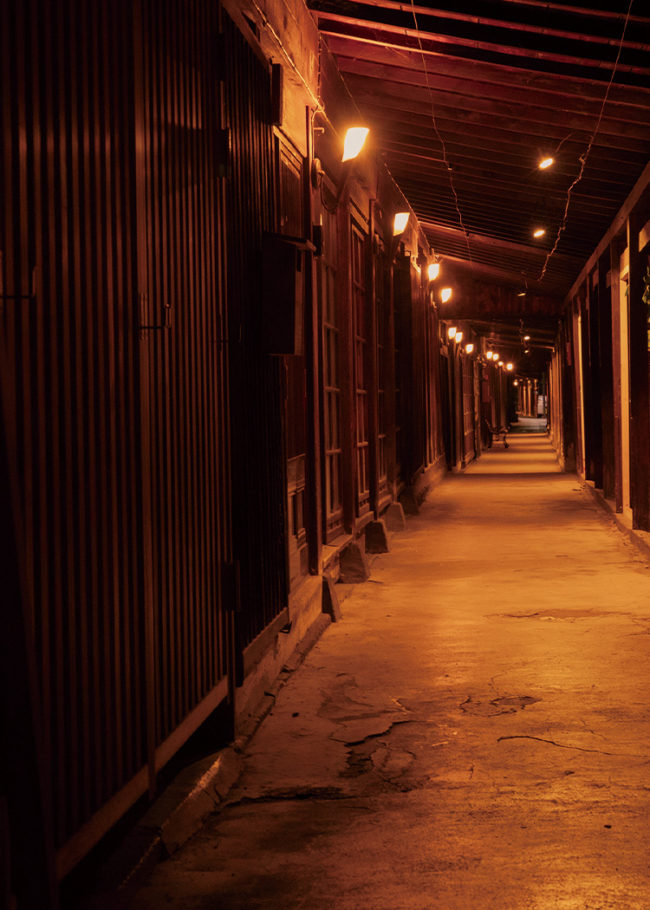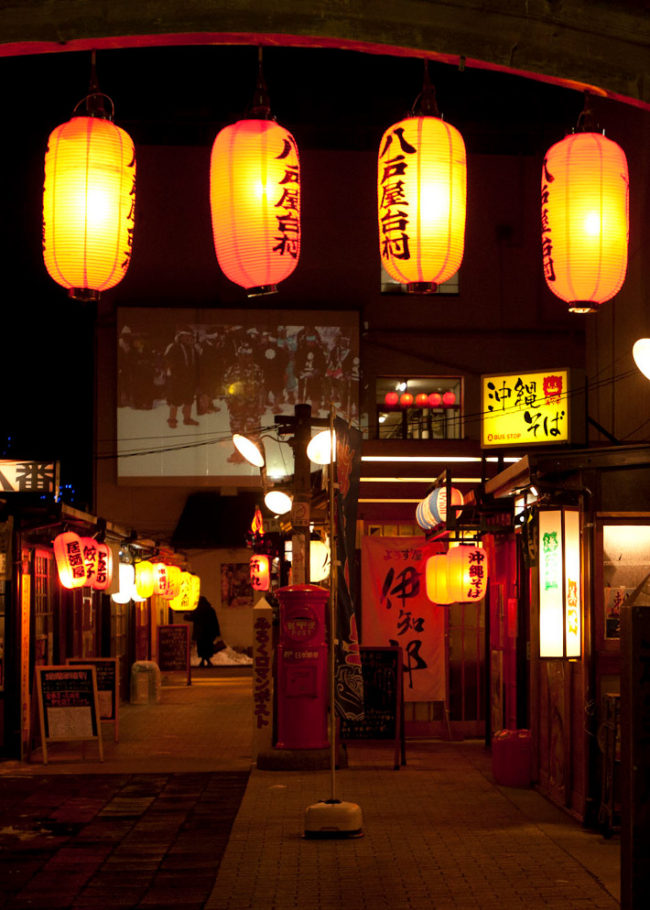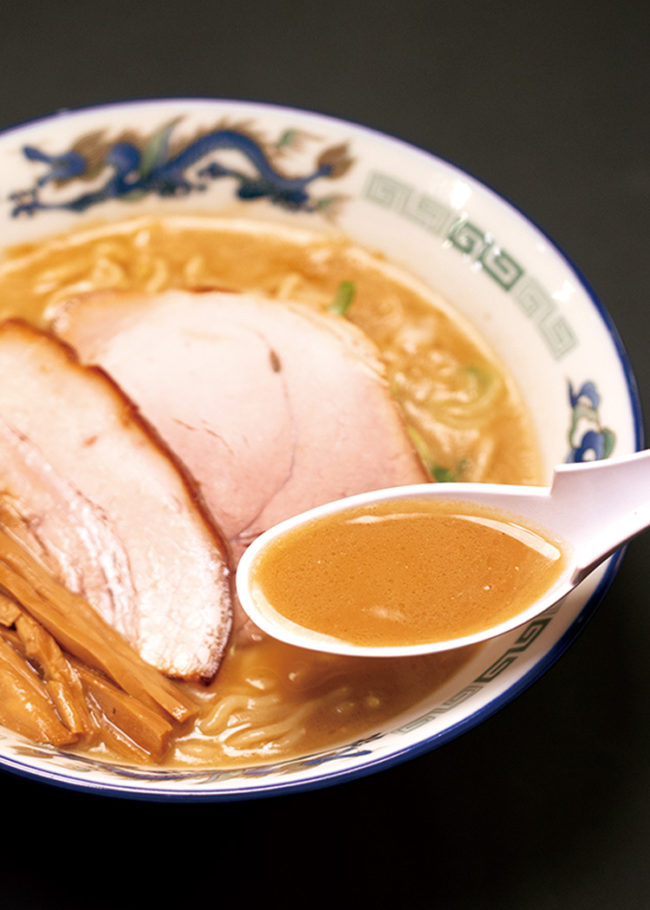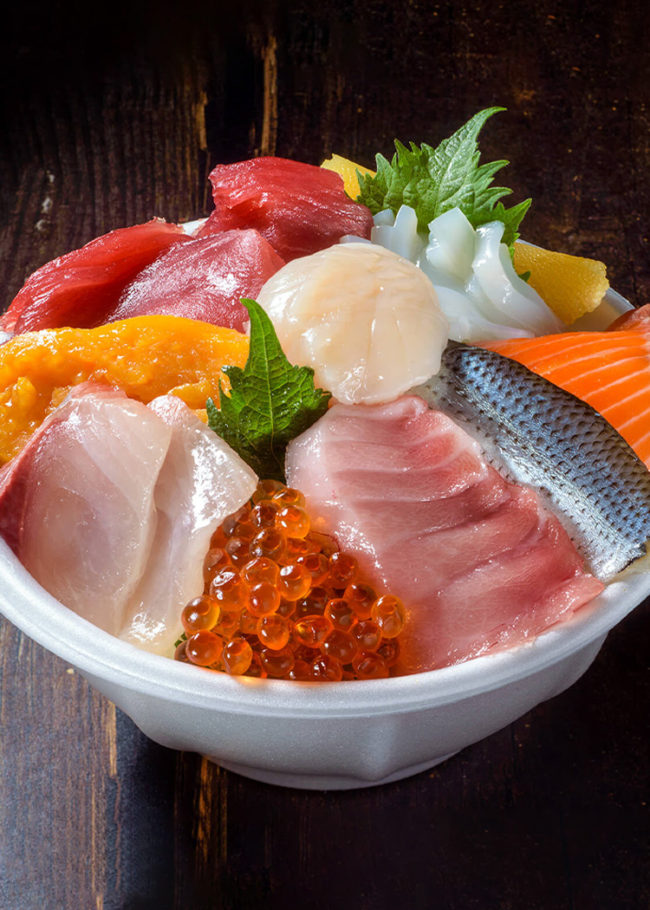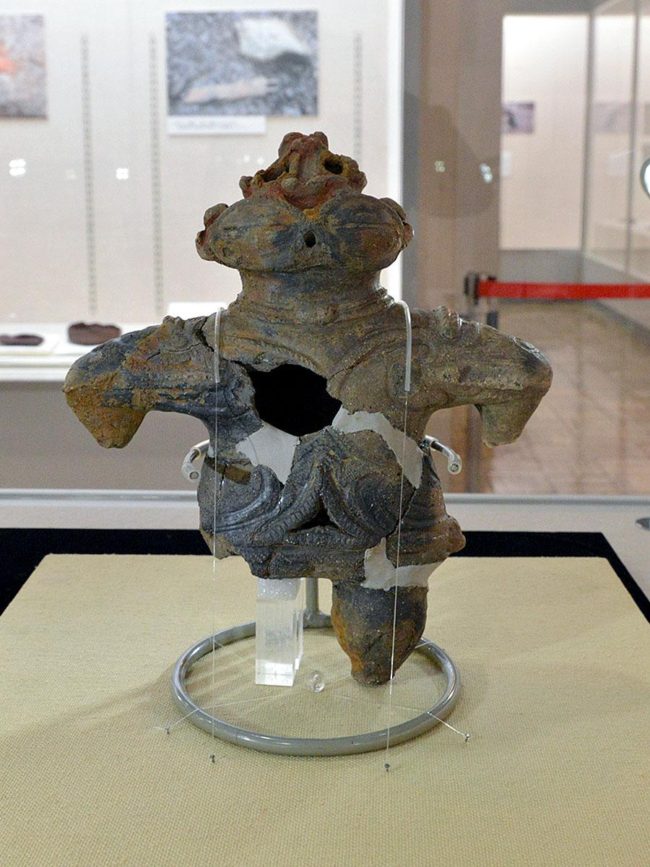
Jomon artifacts in the Shirakami area in Aomori Excavated next to the Sannai Maruyama Site
At the Aomori Prefectural Folk Museum (Aomori City, Aomori Prefecture), a special exhibition, “New Theory! Shirakami no Anie” is now being held.
The exhibition is titled "Along with the results of excavation surveys associated with Tsugaru dam construction." From 2003 to 2015, 17 excavations in the current Tsugaru Shirakami Lake (Nishimeya Village) area will be excavated, and more than 600 items will be displayed from the approximately 15,000 boxes of corrugated material that have been unearthed.
The exhibition will be divided into five exhibitions, and excavations will be used to introduce the history of people from the Jomon period to the present day. In addition to exhibiting a pottery with a human face and a clay figurine that can be seen on the back that you do not normally see, there is also a corner that reproduces the sarcophagus tomb at the time of discovery using actual rocks and Edo designated as an important cultural property of the prefecture A special release of "Sotohama Kisho" written by Masumi Sugae, a traveller in the latter half of the era.
Mr. Hiroshi Okamoto, a curator who was involved in the excavation, said, "The number of relics is the second largest in the prefecture after the Sannai Maruyama site, and we were able to excavate the history of village traces over 10,000 years since the beginning of the Jomon period. It's rare in Japan."
"It's the first time that the relics excavated from the dam lake area of Nishimeya have been unveiled. There are not many examples of spout earthenware that shows male genitals or is seen to be bisexual. There are also rare things like clay figurines with real legs."
It is possible to take photographs of the exhibits (excluding some). A gallery talk will be held on Sundays and public holidays during the exhibition period, and the Aomori Prefectural Buried Cultural Property Research Center will hold a lecture. free entrance.
Mr. Okamoto said, "When you think of Nishimeya, the image of the inner part of the mountain precedes, but in the Jomon period, people were living before the birth of the beech forest in the Shirakami Mountains due to its rich environment. I would like the people of Aomori who live around the Iwaki River to come and see this big discovery."
Opening hours are from 9am to 5pm. The admission fee is 310 yen for the general public (250 yen from January), 150 yen for high school and university students (120 yen from January). Until January 20th.










